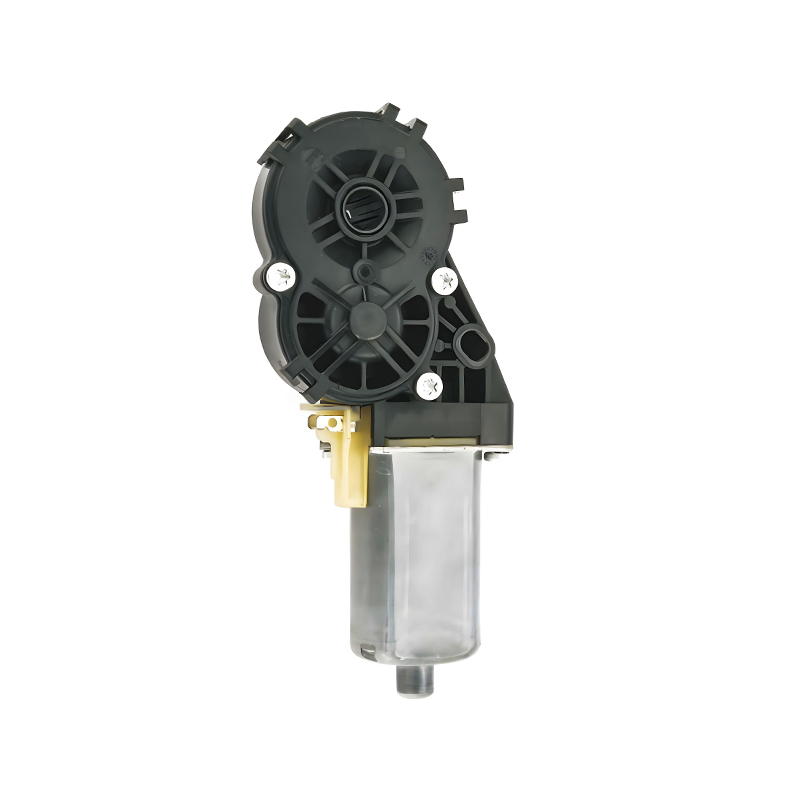The durability of components is a critical factor in ensuring customer satisfaction and vehicle reliability. Among the various parts, the car window glass motor and the front windshield wiper motor play essential roles in the everyday operation and safety of vehicles. Recent testing procedures have been designed to validate the durability of these motors through repeated opening and operational cycles, confirming their readiness to withstand long-term usage conditions.

The car window glass motor is responsible for the smooth movement of vehicle windows, allowing occupants to easily raise or lower the glass for ventilation and communication. Given that windows are frequently operated multiple times a day, the motor controlling them must demonstrate consistent performance over thousands of cycles. To test this, specialized durability tests simulate the repetitive opening and closing of windows in controlled laboratory environments. These tests involve subjecting the car window glass motor to continuous operation, replicating real-world conditions including temperature variations, humidity, and dust exposure.
Similarly, the front windshield wiper motor is crucial for maintaining clear visibility during adverse weather conditions. The motor drives the wiper blades across the windshield, removing rain, snow, and debris. This motor must be able to operate reliably through countless cycles, often under varying electrical loads and environmental stress. Durability tests for the front windshield wiper motor focus on continuous operation, stall conditions, and resistance to moisture and corrosion.
Repeated opening tests for the car window glass motor are designed not only to measure mechanical endurance but also to evaluate the thermal performance of the motor under extended usage. The motor's ability to maintain stable torque output without overheating is key to its longevity. Testing machines simulate the up-and-down movement of the window glass, often running tens of thousands of cycles to confirm that the motor components, such as brushes, bearings, and gears, hold up without significant wear.
During these tests, the car window glass motor is monitored for any signs of degradation, including increased noise, decreased speed, or torque loss. Engineers also analyze the electrical current draw, ensuring that it remains within acceptable limits, indicating that the motor is operating efficiently despite prolonged use. The data collected helps refine motor design and material selection to enhance the durability of future models.
The front windshield wiper motor undergoes similar rigorous testing. Given the critical safety role it plays, the motor is evaluated in both continuous wipe cycles and intermittent modes, mimicking the range of real driving conditions. The repeated operation exposes the motor to stresses such as mechanical load from the wiper arms and resistance caused by debris or frozen moisture on the windshield surface.
One focus of the durability testing is how the front windshield wiper motor handles stall conditions, which occur when the wiper blades encounter an obstruction. The motor must resist damage during these moments without failure. Prolonged exposure to moisture and temperature bads also tests the motor's sealing and corrosion protection. These factors are critical in ensuring that the front windshield wiper motor can function reliably throughout the vehicle's lifetime.
The importance of these tests extends beyond just product validation; they influence manufacturing processes and quality control standards. By validating the endurance of the car window glass motor and the front windshield wiper motor in repeated opening tests, manufacturers can identify potential failure points early and improve production consistency. This proactive approach reduces the chances of warranty claims and increases overall vehicle reliability.
Furthermore, the data gathered from these tests can assist automotive engineers in selecting the right materials and components. For instance, improved bearing materials or enhanced motor winding insulation can advance to longer service life. Ensuring that the car window glass motor withstands repeated cycles without significant performance degradation directly benefits vehicle owners by providing smooth and reliable window operation throughout ownership.
For the front windshield wiper motor, durability validation means that drivers can rely on their wipers in varying weather conditions without concern over motor failure. Consistent wiping performance contributes significantly to road safety, making durability an essential feature of these motors.
In summary, durability testing through repeated opening and operation cycles is fundamental to verifying the performance and reliability of critical automotive components like the car window glass motor and the front windshield wiper motor. These tests provide a realistic simulation of everyday use, ensuring that motors can withstand environmental challenges and mechanical stress. The insights gained from this testing process help improve motor designs, contributing to vehicles that maintain their functionality and safety over time.
As automotive technology advances and the demand for durable, energy-efficient motors increases, such rigorous testing will continue to play an important role in the development process. Validating motor durability not only supports product quality but also enhances the user experience by delivering components that function dependably throughout the vehicle's lifecycle. The car window glass motor and the front windshield wiper motor are prime examples of components whose performance is critically tied to these durability evaluations, ensuring they meet the practical needs of everyday driving.
Your email address will not be published. Required field are marked*